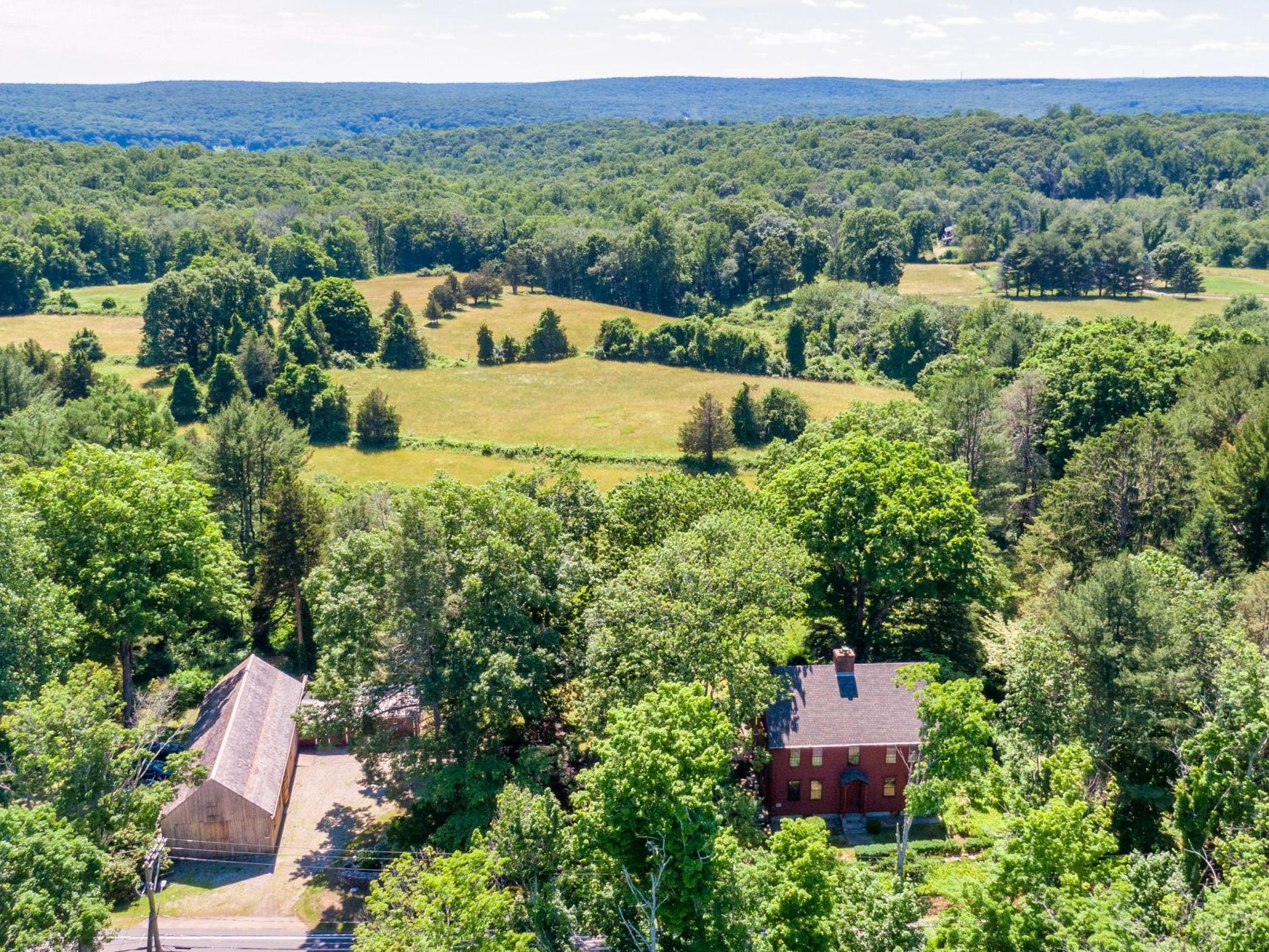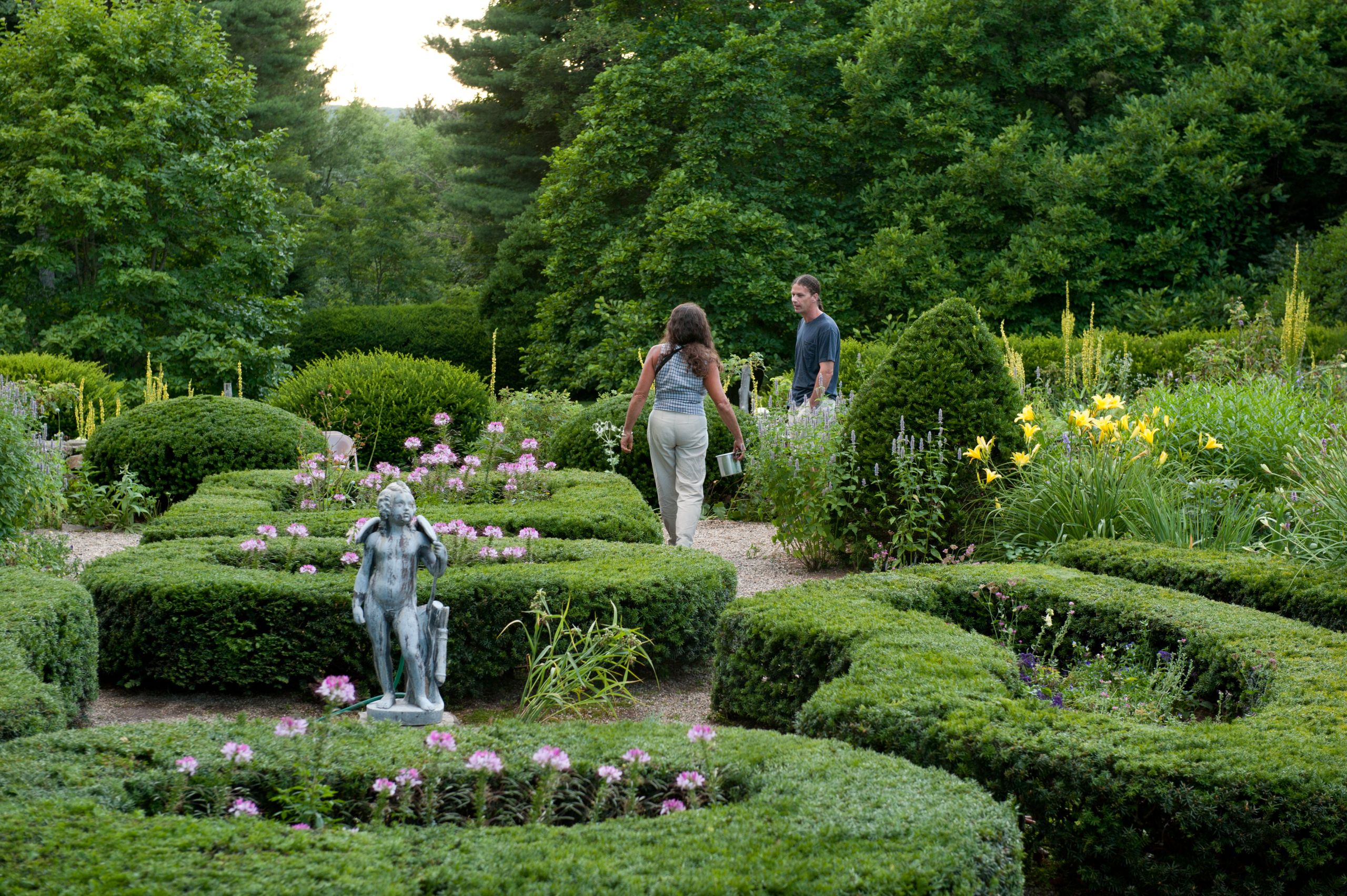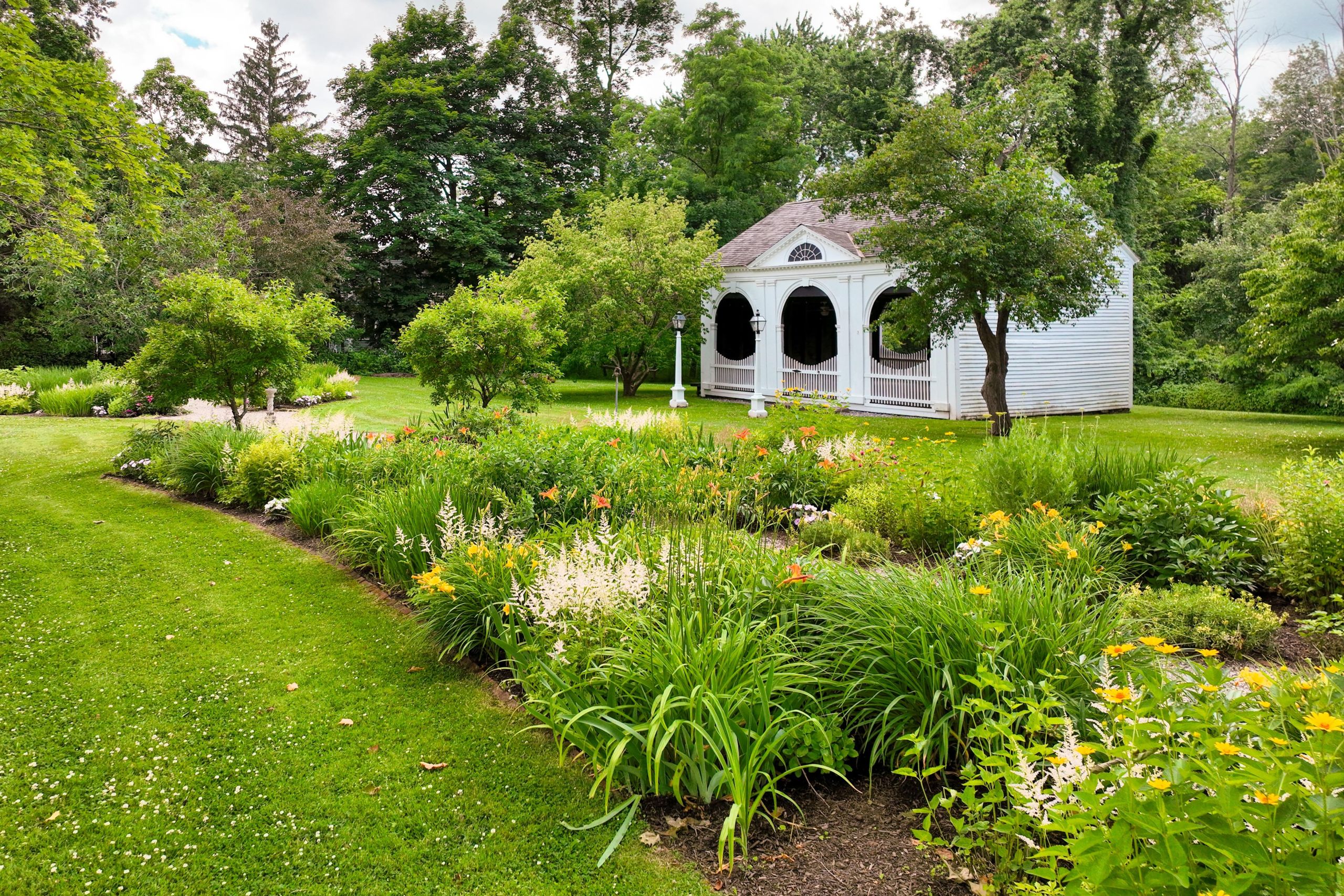History in Bloom
The historic gardens of Connecticut Landmarks’ properties are museums themselves. They showcase spectacular landscape design and lush flowers, and offer a window into the ways residents of our historic houses used the properties. Three of our sites are members of Connecticut’s Historic Gardens, which cultivates a passion for the diversity of historic gardens at distinctive historic homes in Connecticut. Connecticut’s Historic Gardens brings greater recognition and visitation to member sites, offering visitor experiences rich in beauty and history, and fostering learning.
Since 2004, Connecticut’s Historic Gardens has organized Historic Gardens Day, the last Sunday in June. On Historic Gardens Day, sixteen historic gardens around the state welcome you to explore a variety of beautiful garden styles from different periods. Enjoy free admission to visit the gardens of three participating Connecticut Landmarks sites! Stay tuned to our events calendar for more information as we prepare for 2024’s event.
More to Explore — Outdoors!
In addition to the manicured garden spaces at our Connecticut Historic Gardens member sites, we invite you to enjoy the gardens and grounds at several of our other sites, too.

Nathan Hale Homestead
The Nathan Hale Homestead maintains a kitchen garden in keeping with what homesteading families would have relied upon in the Revolutionary Period. The garden features herbs and medicinal plants, as well as some ornamental varieties. It is featured in educational programming for field trips, scout groups, and families.
The property (open for responsible use from dusk ’til dawn year-round) adjoins the Nathan Hale State Forest. The forest was established by George Dudley Seymour, who also helped preserve the Homestead.
Palmer-Warner House
The original 1000-acre parcel owned by John & Mehitable Warner stretched to the Connecticut River, but Connecticut Landmarks maintains 50 acres of the stone-walled New England meadow today. The house’s final residents, Frederic Palmer and Howard Metzger, worked to preserve the grounds as they would have been seen in the 18th century, though without grazing animals.
In 2023, Connecticut Landmarks prototyped an interpretive trail for continuing development. If you would like to visit the grounds, please contact us for information.




